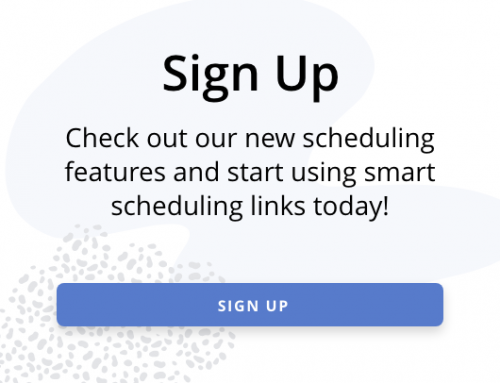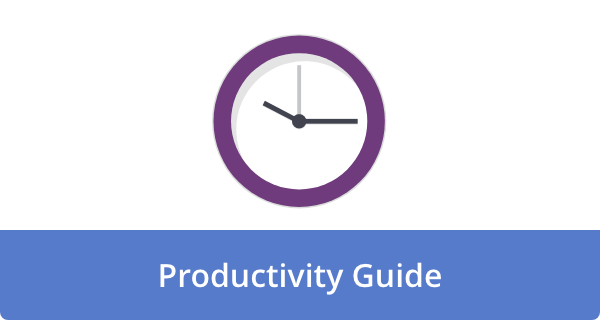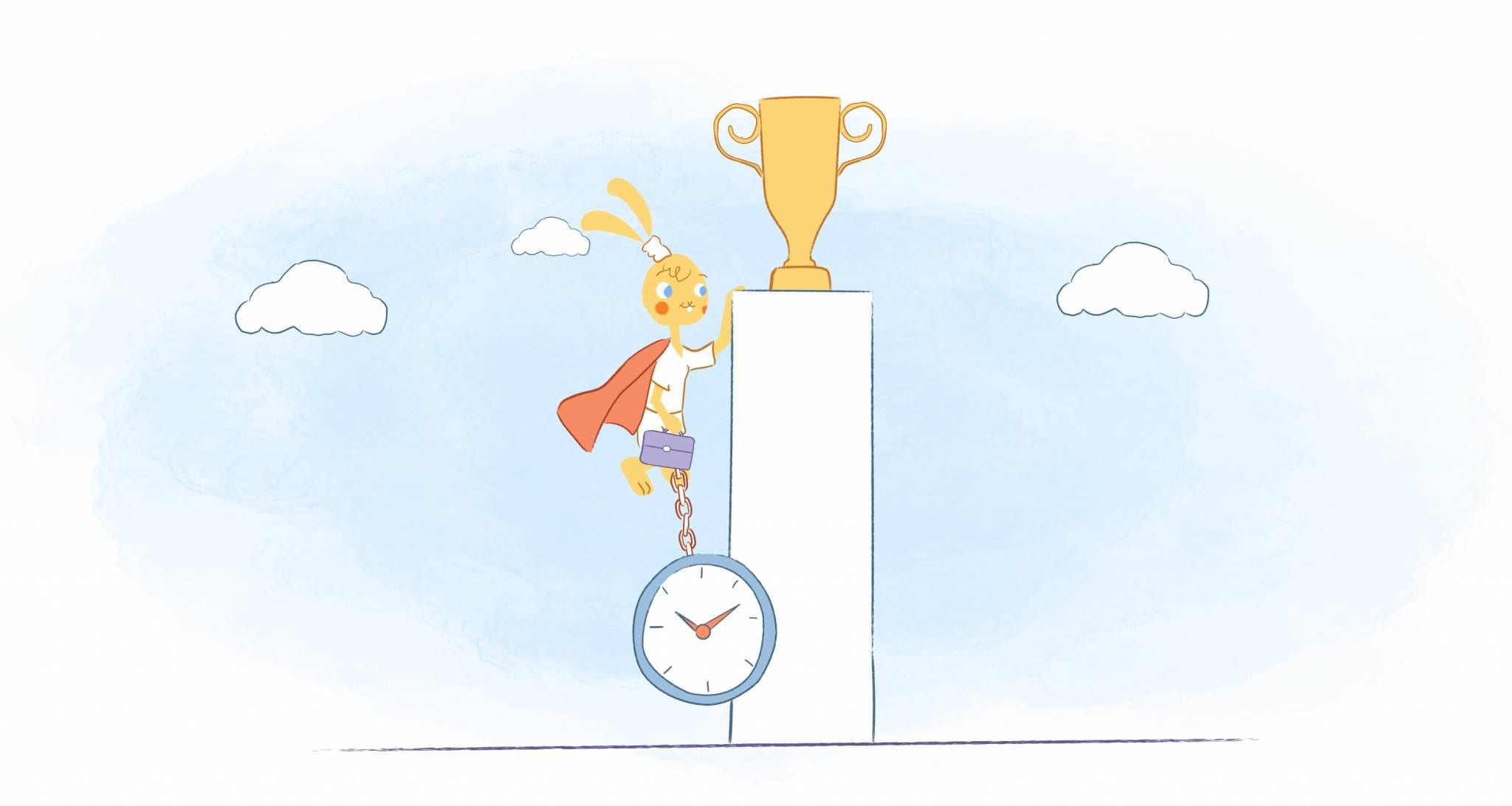

Have you ever been stumped by a crowded calendar on a Monday morning? Or wondering where your time went after a chaotic Friday? This is where the “Future You” Method comes in — a simple, yet powerful way to plan for the week ahead with clarity, avoid unnecessary stress, and stay on track.
As opposed to reacting to your days, the “Future You” Method teaches you to pause, reflect, and prepare. As a result, Monday You, Wednesday You, and next Friday You — will all have a clear playbook to follow.
So, let’s go over how it works, why it matters, and how it can be implemented in only 60–90 minutes per week.
Why Weekly Planning Beats Daily Scrambling
In many cases, we overestimate what we can accomplish in a day but underestimate what we can accomplish in a week. While daily to-do lists are fine, without a weekly strategy, you’ll constantly react instead of executing.
When you step back once a week, you will be able to shift your focus from short-term firefighting to long-term clarity. By keeping your priorities in perspective, you can anticipate problems before they arise, and you spend less time spinning your wheels during the week.
It’s like meal prepping. While not glamorous at the time, it’s incredibly gratifying when the pressure is on.
Reflect on the Week You Just Lived (15-20 minutes)
To get a sense of what’s coming, let’s review the past week. After all, what you don’t measure can’t be improved. The goal is to recognize patterns and learn from them, not to dwell on mistakes.
These are three quick reflection prompts to get you started;
- What went well? Celebrate your successes, acknowledge your progress, and list your accomplishments. By doing this, you can build positive momentum and recognize effective strategies.
- Did anything go wrong? Find out where you dropped balls, wasted time (excessive social media, unnecessary meetings), or were emotionally triggered. Don’t be judgmental, but be honest.
- What did I learn? Discover key insights, patterns of behavior, like “I am most productive before noon,” or behaviors that need to be shifted. For the week ahead, use this data to make smarter, more intentional decisions.
Additionally, keeping a journal of your weekly reviews would be helpful. Over time, it becomes a goldmine of personal performance data.
Set Your Weekly Priorities (Not Just Your Tasks) (15-20 minutes)
This is a significant departure from typical planning. It’s incredibly tempting to jump right into building a lengthy to-do list, but resist that urge. Defining your strategic outcomes is the first step before listing tasks.
Begin by asking yourself, “What three outcomes am I most focused on achieving this week?”
These “Big 3” goals must be overarching, not just isolated tasks. For them to be effective, they should reflect a balance of;
- Current projects or critical deadlines. Is there anything that needs to be accomplished this week?
- Strategic goals. Do you have any long-term objectives that you can advance, even if they aren’t screaming at you right now?
- Life outside of work. Your personal life is important. As such, prioritize health, relationships, personal development, or rest.
Once you’ve defined your “Big 3”, you’ll be able to filter everything else that comes your way. If a task or meeting doesn’t align with your priorities, it’s a candidate for delegation, delaying, or eliminating.
Anticipate the Roadblocks (10-15 minutes)
Most planning methods fail here, as they assume an ideal world. In contrast, the “Future You” Method takes the real world into account.
Ask yourself this;
- What might throw me off course this week? For instance, unexpected requests, technical issues, and personal appointments.
- Are there known disruptions? Think of doctor’s appointments, travel, a day when you know you will be fatigued, and certain family obligations.
- Where did I lose time last week that I can avoid this time? Excessive email checking, frequent interruptions, and disorganization are examples of this.
Once you’ve identified these potential roadblocks, create a game plan for each:
- Time-block your deep work: Schedule your most demanding, focus-intensive tasks during your peak alertness periods. This ensures you tackle complex work when your brain is sharpest.
- Batch similar tasks: Group administrative work, emails, or phone calls together. This reduces context-switching, a significant drain on mental energy.
- Build in margin: Add 15-minute buffers between meetings or allocate open “flex time” for unexpected tasks or overruns. This prevents a domino effect when one task runs long.
- Communicate boundaries: If interruptions are an issue, consider setting “do not disturb” times or communicating your focused work blocks to colleagues and family.
- Keep your calendar lean, not overstuffed. Don’t cram every hour with tasks. Overplanning leads to burnout and prevents real-life shifts from taking place. Put your priorities first and allow your schedule to breathe.
The goal isn’t to micromanage every minute, but to minimize friction. The less you have to decide on the fly, the more energy you’ll have for real work.
Map Your Week Like a CEO (15-20 minutes)
Now that you know your “Big 3” priorities and anticipated pitfalls, it’s time to plan your week intentionally by;
- Block your Big Three priorities first. Treat these as non-negotiable meetings with yourself. Before anything else, schedule dedicated, uninterrupted time for them. By doing this, you ensure that the most important work gets done.
- Add non-negotiables. Schedule fixed appointments, critical deadlines, family commitments, and personal time, like exercise or self-care.
- Schedule your reflection and planning time for next week. It’s essential to be consistent. Get started on your “Future You” session today.
- Leave white space. You don’t have to fill every minute. Build in time for unexpected tasks, creative thinking, or just recharging.
In effect, this method flips the script. Rather than trying to fit your priorities into an already overfilled calendar, you build your calendar around what truly matters.
Bonus Tip: Use time themes for structure. Use specific days and half-days for certain types of work, such as “Marketing Monday,” “Deep Work Tuesday,” or “Finance Friday.” This reduces context switching, streamlines your focus, and keeps your week predictable and productive.
Use Daily Startup and Shutdown Rituals (5-10 minutes daily)
Even though most planning happens every week, you will stay on track by checking in every day. As course-correctors, these are 5- to 10-minute routines;
Startup ritual (morning or night before).
- Review your schedule. Take a look at the day’s schedule.
- Confirm your top 1–3 tasks. For your “Big 3” to move forward, what are the absolute most important things you need to accomplish today?
- Adjust for anything new. If any new, urgent items arise, integrate them briefly and re-prioritize as necessary.
Shutdown ritual (end of day).
- Log progress. Make a quick note of what you’ve accomplished and what’s pending.
- Clear your workspace and inbox. Creating a tidy environment for tomorrow’s “Future You.”
- Jot down any loose thoughts for tomorrow. Disconnect from anything lingering in your mind by writing it down.
By maintaining these mini rituals, you can keep the weekly structure without getting derailed by daily chaos.
The ROI: What “Future You” Gains
When you implement the “Future You” Method, you can expect significant returns:
- Less decision fatigue. By laying out a clear roadmap, you reduce the mental strain of constantly making micro-decisions. When you wake up in the morning, you know exactly what matters most.
- Reduced anxiety. In most cases, anticipation beats panic. By being aware of what’s coming and preparing emotionally and logistically, you can reduce stress and feel less overwhelmed.
- Greater follow-through. Ambition isn’t the problem; it’s the lack of a reliable system to turn good intentions into consistent action that’s the issue. The “Future You” Method provides that system, bridging the gap between what you want and what you do.
- More room for life. The paradox of planning your week is that it allows you to be more flexible instead of rigid. If you make sure your important tasks and priorities aren’t ignored, you’ll be able to be spontaneous, say yes to unexpected opportunities, or simply relax without lingering guilt.
Start This Week: A Quick-Start Checklist
At the end of the week (e.g., Sunday afternoon), set aside 60–90 minutes to begin using the “Future You” Method. Here’s a simple starter template for you:
- Review last week. Keep a record of your wins, setbacks, and key learnings.
- Define your Big Three priorities for next week. What are the three most important outcomes?
- Identify likely challenges. Are there any potential roadblocks?
- Block your top priorities on your calendar. Make sure you schedule time for them first.
- Add routines, rituals, and flex-time. Include a buffer period and a daily check-in.
- Schedule next week’s review session. For consistency, lock it in now.
That’s it. On Monday morning, and every day thereafter, you will thank yourself.
Final Thought
You don’t need a fancy planner or five new productivity apps. For success, you need a moment of intention each week.
The “Future You” Method isn’t about working more — it’s about working smarter, more efficiently, and calmly. By planning your week in 60 minutes, you prevent hours of mental clutter, missed deadlines, and overwhelmed mornings.
Do yourself a favor: make this Sunday the day you meet the best version of “Future You.”
Image Credit: Photo by Bradley Hook; Pexels











John Rampton
John’s goal in life is to make people’s lives much more productive. Upping productivity allows us to spend more time doing the things we enjoy most. John was recently recognized by Entrepreneur Magazine as being one of the top marketers in the World. John is co-founder of Calendar.